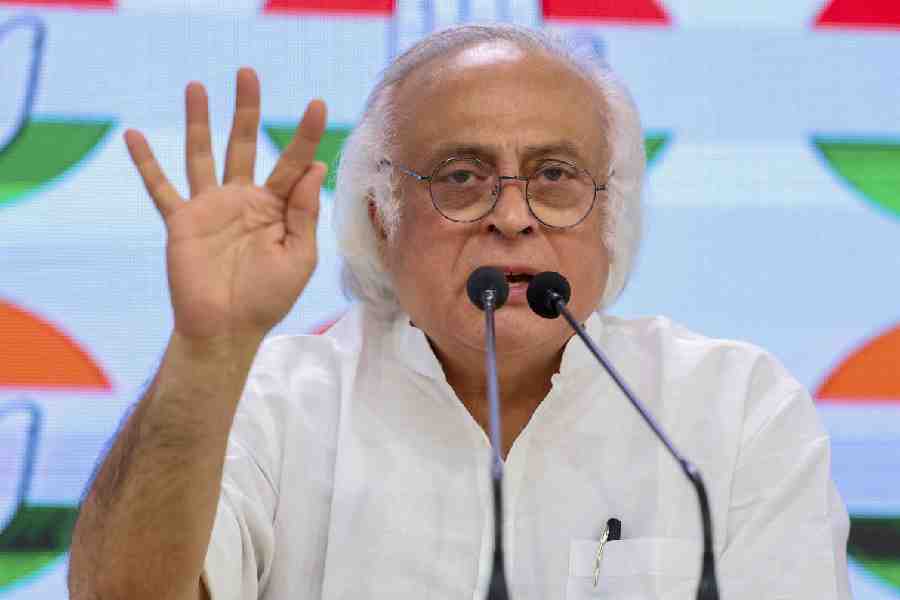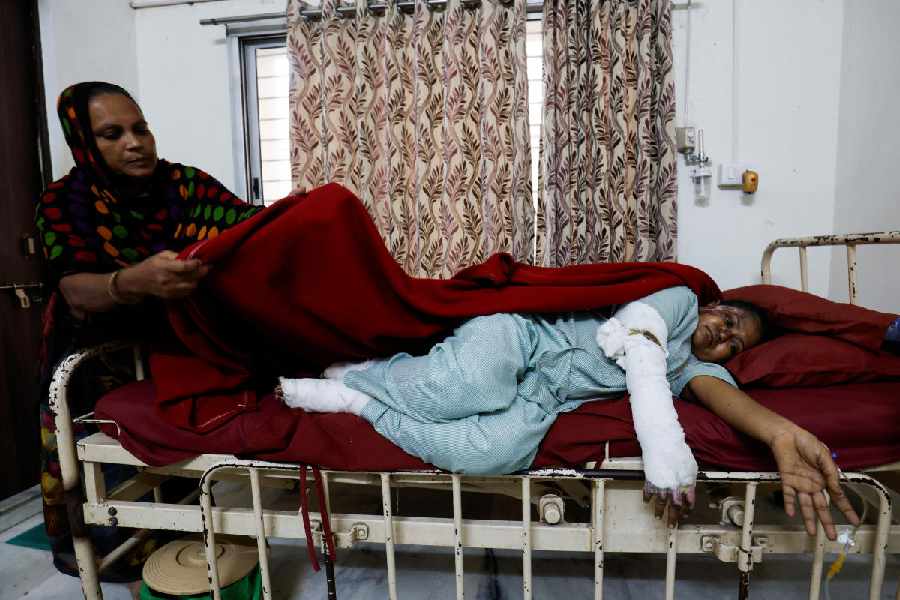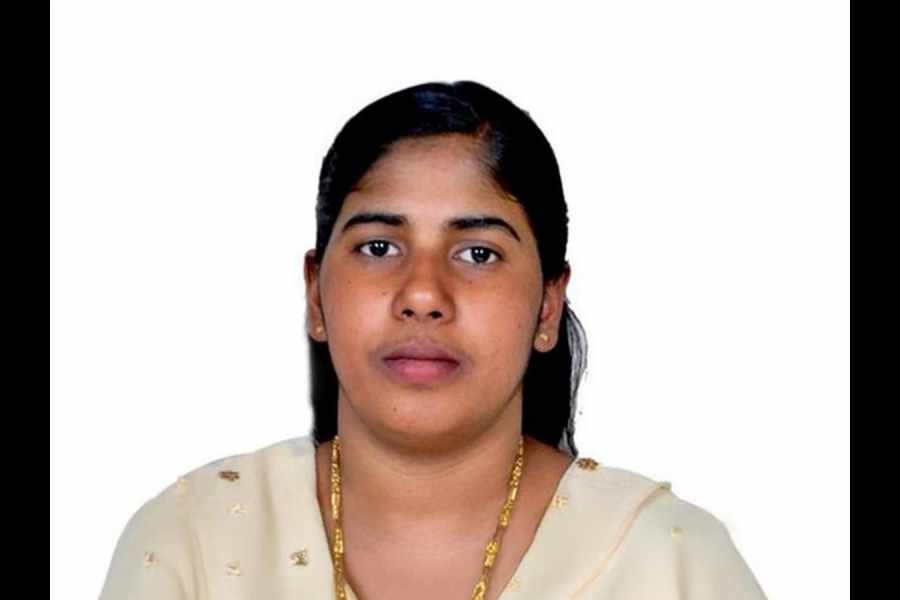
New Delhi: The cut-off score used for this year's Joint Entrance Examination Main to determine general category candidates' eligibility for the JEE Advanced is the lowest ever and caps a four-year downward trend.
Professors at the Indian Institutes of Technology, which admit students on the basis of their JEE Advanced scores, suggested two possible reasons. One, an increase in available IIT seats; two, top students' growing preference for non-engineering courses such as medicine. All those who scored more than 74 in the JEE main, out of the total marks of 360, will be allowed to take the JEE Advanced this year.
When the JEE Main and the JEE Advanced were started in 2013, the cut-off used was 113. This rose to 115 the following year but has been falling every year since then. (See chart)
M.K. Panigrahi, IIT Kharagpur teacher and former JEE Advanced chairperson, said that in 2013, the IITs wanted the 1.5 lakh best JEE Main candidates to take the JEE Advanced. This year, they want 2.2 lakh to do so.
This is because the institutes have increased their seats from about 9,500 in 2013 to almost 12,000 now.
"To accommodate more candidates, you have to lower the cut-off," Panigrahi said. "It does not mean the students have become more complacent (and are faring worse in the exams)."
Also, the number of students taking the JEE Main has been declining since 2014, when 13 lakh had taken the test. This year, the number was 11 lakh.
"Demand for the engineering courses is falling. Large numbers of seats remain vacant in the engineering colleges," Rajeev Kumar, former IIT Kharagpur professor who now teaches computer science at JNU, said.
"This suggests that the top students are taking an interest in other disciplines as well."
The number of candidates taking the National Eligibility and Entrance Test, which determines admission to undergraduate medical and dental courses, has grown from 8 lakh in 2016 to 13 lakh this year.
The top score in the JEE Main, however, has remained more or less the same over the years, Panigrahi said. Bhogi Suraj Krishna from Andhra Pradesh topped this year with 350.JEE Advanced scores determine admission to the IITs as well as some other institutions such as the Indian Institute of Science, Bangalore, and the Indian Institutes of Science Education and Research.
Many centrally funded engineering colleges, such as the National Institutes of Technology, as well as some state government and private engineering colleges admit students on the basis of their JEE Main scores.










